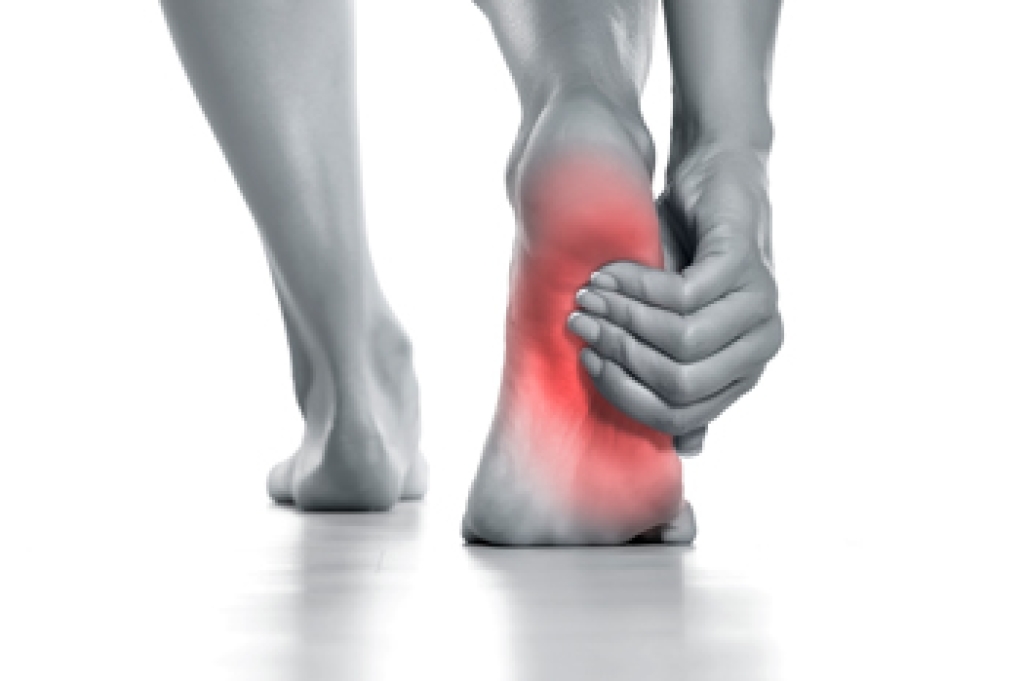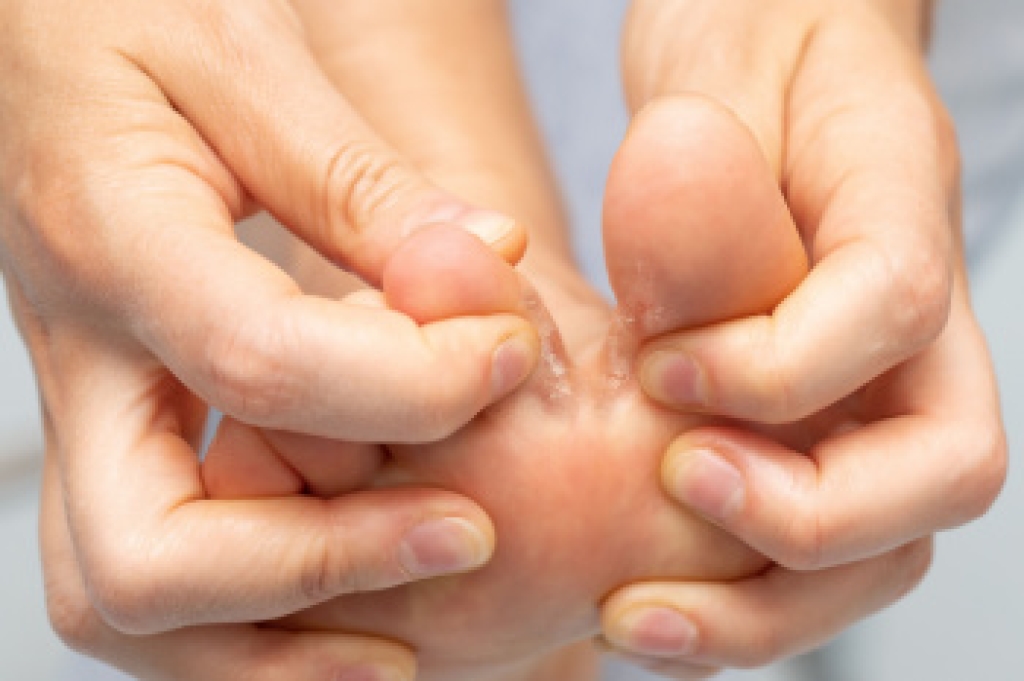
A podiatrist is a medical specialist who focuses on diagnosing and treating conditions of the foot and ankle. They care for issues such as heel pain, bunions, ingrown nails, sprains, fractures, and diabetic foot problems. Preparing for your first visit helps ensure a smooth experience. Bring a list of symptoms, a list of medications, any recent lab results, and check with your insurance company to confirm coverage. A podiatrist will examine your feet, discuss your concerns, and create a treatment plan that supports comfort, mobility, and long-term wellness. If you have ongoing foot pain, it is suggested that you schedule an appointment with a podiatrist who can offer effective relief and treatment solutions for various foot and ankle conditions.
If you are experiencing pain in the feet or ankles, don’t join the stubborn majority refusing treatment. Feel free to contact David Mansky, DPM from Mansky Podiatry. Our doctor can provide the care you need to keep you pain-free and on your feet.
What Is a Podiatrist?
Someone would seek the care of a podiatrist if they have suffered a foot injury or have common foot ailments such as heal spurs, bunions, arch problems, deformities, ingrown toenails, corns, foot and ankle problems, etc.
Podiatric Treatment
A podiatrist will treat the problematic areas of the feet, ankle or lower leg by prescribing the following:
- Physical therapy
- Drugs
- Orthotic inserts or soles
- Surgery on lower extremity fractures
A common podiatric procedure a podiatrist will use is a scanner or force plate which will allow the podiatrist to know the designs of orthotics. Patients are then told to follow a series of tasks to complete the treatment. The computer will scan the foot a see which areas show weight distribution and pressure points. The podiatrist will read the analysis and then determine which treatment plans are available.
If you have any questions, please feel free to contact our office located in Hastings, MI . We offer the newest diagnostic and treatment technologies for all your foot care needs.




